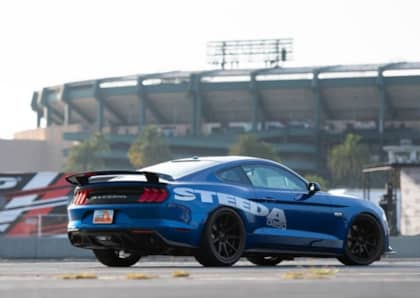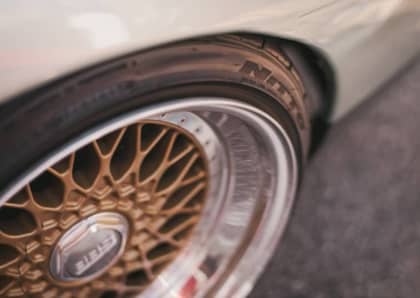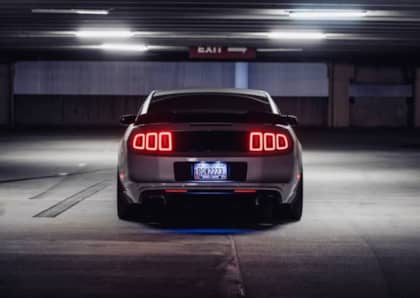Are Modern or Classic Muscle Cars Easier to Lower for Better Looks and Improved Handling?
Classic muscle cars are attractive to many custom builders and hot rod fans due to the perceived simplicity of their design, whether it be the details of the drivetrain, body, or chassis. While it's true that older suspension designs often lend themselves to equally-aged solutions when it comes to things like lowering ride height and improving performance, the march of technology has rendered more than a few suspension drop techniques well out of date.

By the same token, the most recent crop of muscle machines comes loaded with a dazzling array of advanced electronic control systems and adaptive shock technologies, which can be daunting for those seeking to make a simple ride height adjustment. Fortunately for everyone involved, there's more than a little shared methodology that can be passed back and forth between old and new muscle when making suspension modifications.

Let's take a look at whether classic or modern muscle cars are easier to lower—and if there's any real difference at all when tackling this kind of project.
Primitive, Effective, and Avoidable
Classic muscle cars are often saddled with suspension systems that at first appear primitive—at least, compared to what modern technology has been able to come up with in the intervening years. In the past, this often meant adopting equally basic methods to lower ride height, such as using lowering blocks to drop rear leaf springs, or slicing inches off of coil springs to achieve the desired results.

While these techniques are effective, they often come with compromises to handling and ride comfort that can be easily avoided by putting in a little more effort in a lowering plan.
Modern Magic Gets In The Way—Sometimes
The more recent crop of muscle machines at first appear to complicate matters more in the suspension department due to the proliferation of technologies that weren't even dreamed about during the golden age of classic performance cars.

In some cases, these advances can pose a problem when trying to drop a vehicle. For example, the first-generation Cadillac CTS-V featured a load-leveling shock setup that continued to push the back end of the auto up and away from the ground when a lowering spring was installed.

Other high tech suspension setups, such as Magnetic Ride Control, pose different questions, but the issues associated with them are far less difficult to overcome than they might at first seem.
Lowering Old Or New: Startlingly Similar Methods
There are several approaches to take when it comes to lowering a classic muscle car, and the right choice often depends on the end goal of your project.

If esthetics are the primary concern, then a set of lowering coil springs up front (and for some models, at the rear) represent the cheapest and easiest way to reduce ride height while preserving handling and comfort. For muscle cars with leaf springs mounted out back, de-arching the springs at a machine shop can give you an inch or two of drop, as can modifying the shackle length. You can also order leaf springs that will fit the factory mounting points but drop the ride height (if you aren't comfortable messing with the arch on your existing set).

For those seeking to maximize performance as part of their lowering strategy, however, the most compelling option is the same as it would be for a modern muscle car. Coilovers, which combine a lowering spring and a shock in a single assembly, are available for almost every application, and serve as a complete replacement for both coil spring and leaf spring assembly setups. The advantages of a coilover include adjustability, simplicity in terms of installation and tuning, and significantly better handling versus a stock setup or traditional lowering springs.

This is essentially the same advice one would give to owners seeking to achieve the same results with a modern performance car. A coilover is a versatile solution that crosses the generation gap between old school and new school muscle, with the caveat that the latest autos outfitted with adjustable dampers often require compatible coilover hardware in order to maintain their factory capabilities. That being said, finding a coilover that plays nicely with, say, Ford's MagneRide system found in the current Mustang isn't at all difficult.

There's a second all-in-one solution that is appropriate for both old and new vehicles. An air spring setup will provide a controllable drop regardless of whether an automobile features old-tech leafs (with some kits offering a universal 3-link installation) or modern coils. The caveat here is found on the modern side of the equation, as this type of installation might not always play well with existing adaptive damper programming.











